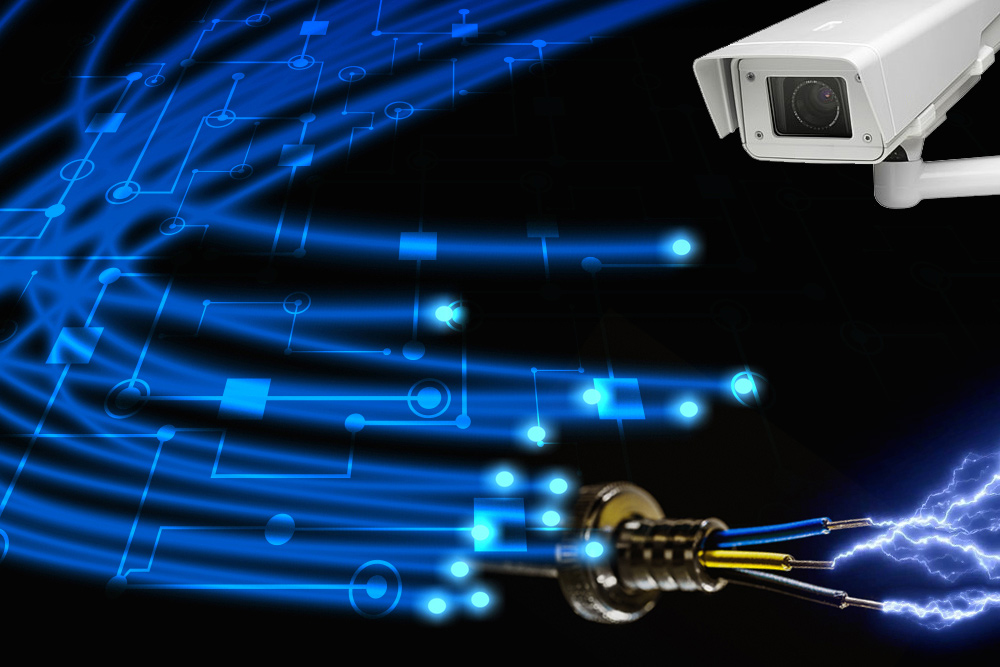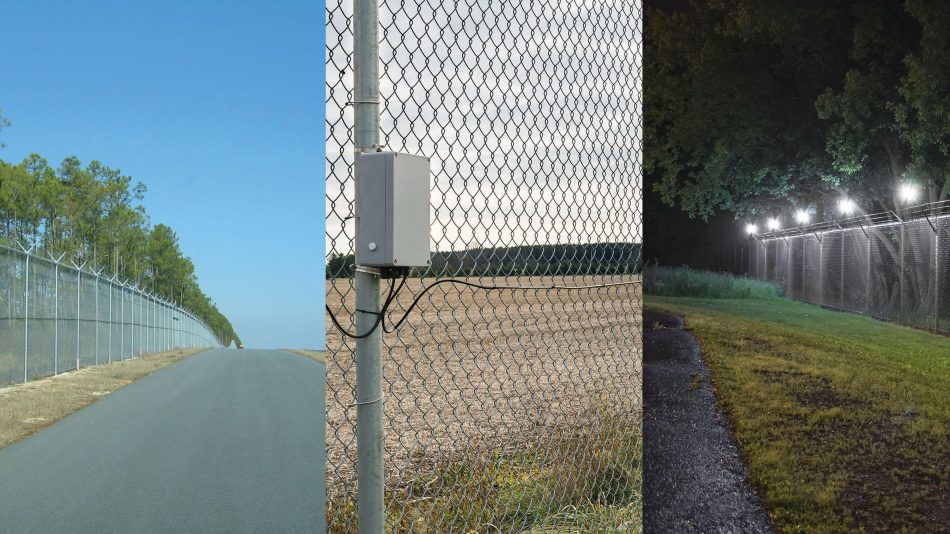Exploring the Strength of Security Fibers for Cutting-Edge Monitoring and Protection
Exploring the Strength of Security Fibers for Cutting-Edge Monitoring and Protection
Blog Article
The Ultimate Guide to Fiber Optic Safety And Security Solutions for Your Service
In an era where protection issues are critical for businesses, understanding the details of fiber optic modern technology can be transformative. This overview describes how incorporating fiber optic protection systems not only enhances information security but likewise provides advantages like resistance to disturbance and real-time surveillance abilities. As companies assess their safety needs, it comes to be vital to think about the installment procedure and the current advancements in the area. What particular variables should be prioritized when picking the appropriate system, and exactly how can businesses guarantee they make the most educated selections?
Understanding Fiber Optic Innovation

The core of a fiber optic cable television consists of a thin glass or plastic center, bordered by a cladding layer that mirrors light back right into the core. Single-mode fibers are made for long-distance transmission, while multi-mode fibers are appropriate for shorter distances, typically used within buildings.
Fiber optics are not only much faster yet also more protected than traditional circuitry. Their intrinsic resistance to electromagnetic interference and the difficulty of touching right into the signal without detection make them a preferred selection for organizations prioritizing information honesty and security. As companies increasingly count on secure and effective communication systems, recognizing fiber optic innovation comes to be necessary for informed decision-making.
Trick Advantages of Fiber Optic Safety And Security
When taking into consideration security options for an organization, the advantages of fiber optic systems are particularly engaging. Fiber optic technology uses extraordinary information transmission speeds and bandwidth capacity, making it ideal for dealing with high-resolution video clip feeds from surveillance cameras. This capacity makes certain that safety and security personnel obtain real-time data, improving general action times to prospective protection threats.
Furthermore, fiber optic wires are naturally immune to electro-magnetic disturbance, which can jeopardize the stability of traditional copper-based systems. This resistance makes sure that the data transmitted continues to be safe and nonstop, providing a more dependable safety framework. Additionally, fiber optics are much less prone to physical damage, as they are made from glass as opposed to metal, minimizing upkeep costs and downtime.
An additional considerable benefit is the boosted scalability of fiber optic systems. As organization demands develop, fiber networks can be easily increased to fit extra safety and security devices without considerable overhauls to the existing facilities. Finally, fiber optic systems use improved cybersecurity attributes, including security capabilities that protect delicate information from unapproved access. Collectively, these advantages make fiber optic safety systems a durable option for organizations seeking to enhance their safety measures.
Installation Process and Considerations
Thinking about the intricacies involved, the setup process of fiber optic safety and security systems needs cautious planning and execution. The initial step involves a thorough site assessment to recognize ideal places for cabling and tools. This analysis needs to take into consideration environmental elements, existing facilities, and prospective susceptabilities.

In addition, the setup should conform with local building ordinance and market requirements. This may consist of collaborating with various stakeholders such as structure supervisors, IT groups, and safety employees to make sure smooth integration with existing systems.
Post-installation, strenuous screening is necessary to verify system efficiency and identify any concerns that may develop. By prioritizing these factors to consider during the setup process, services can make certain a robust and reliable fiber optic protection system that satisfies their details security requirements.
Most Current Advancements in Fiber Optic Safety And Security
Recent developments in fiber optic modern technology have actually significantly boosted the abilities of security systems for businesses. Among the most significant innovations is the integration of fiber optic sensing units that can detect vibrations and breaches along the perimeter of a center. These sensors give real-time monitoring, enabling rapid feedback to prospective violations.
In addition, the growth of distributed fiber optic sensing innovation permits the continual monitoring of big areas with a single fiber cable television. This technique not only reduces installation prices however likewise enhances the integrity of keeping track of systems by eliminating the requirement for multiple, separate sensing units.
Additionally, developments in multiplexing methods have enabled businesses to transfer vast amounts of data over fiber optic networks, improving the abilities of video surveillance systems. High-def video clip feeds can now be sent over cross countries without loss of quality, making sure that protection employees have access to clear and workable details.
Last but not least, making use of fabricated knowledge (AI) together with fiber optic systems is transforming risk detection. AI formulas can analyze data from fiber optic networks to determine uncommon patterns or behaviors, enabling proactive security actions. These technologies investigate this site jointly stand for a substantial jump ahead in fiber optic security modern technology.
Picking the Right System for Your Organization
Choosing the suitable fiber optic safety and security system for your organization is essential for making certain optimum security and satisfaction. To make an enlightened option, assess your certain protection demands, considering elements such as the size of your properties, the nature of your operations, and possible vulnerabilities.
Begin by assessing the level of security needed; for example, high-risk settings might require innovative systems with integrated monitoring and breach detection abilities. Next off, take into consideration scalability; as your company grows, your protection system need to can broadening to accommodate boosted demands without significant overhauls.
In addition, explore the integrity and efficiency of various systems. Seek suppliers with well established credibilities and customer testimonies that vouch for their solution quality. It's also advisable to ask about the innovation's compatibility with existing infrastructure, ensuring a smooth combination process.
Conclusion
Finally, fiber optic safety and security systems provide a robust option for enhancing organization safety and security facilities. The combination of high-speed information transmission, resistance to electro-magnetic disturbance, and advanced surveillance capabilities significantly improves total protection (fiber optic security system). By understanding the innovation, recognizing its benefits, and taking into consideration the installment procedure, organizations can make enlightened decisions. The current technologies better boost the performance of these systems, making sure that organizations continue to be secure and adaptable in an ever-evolving danger landscape.
Report this page